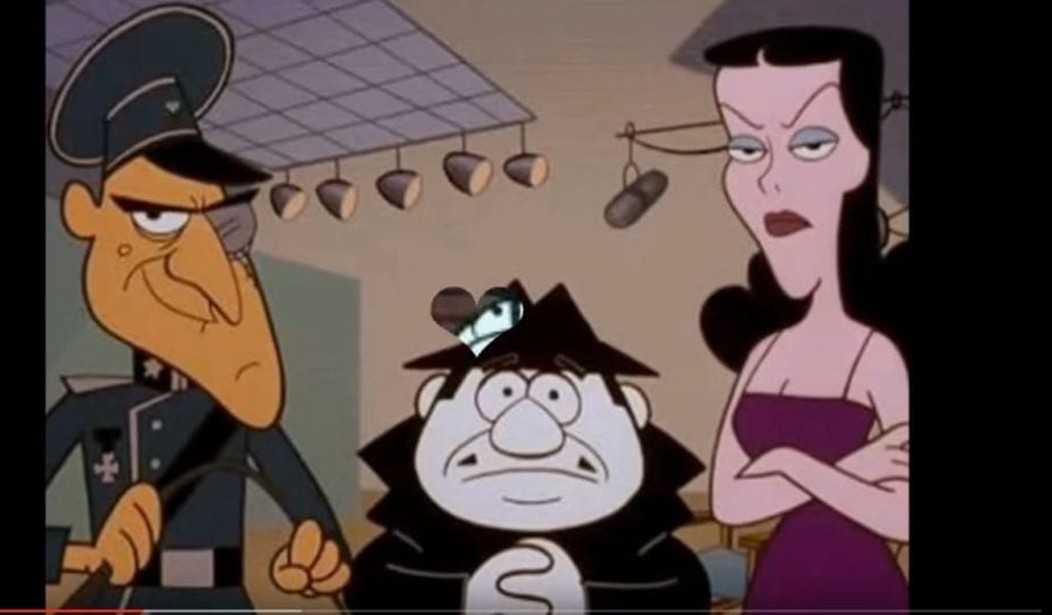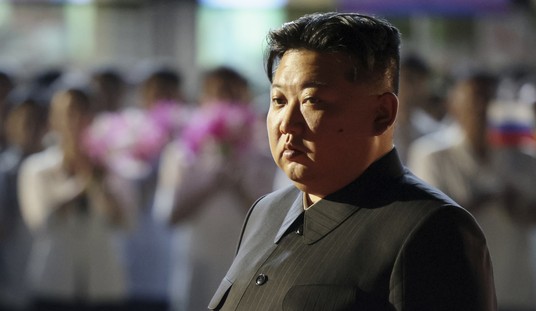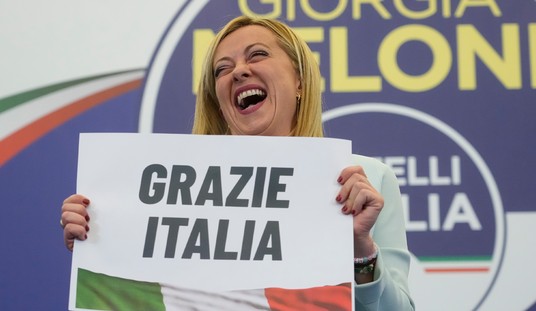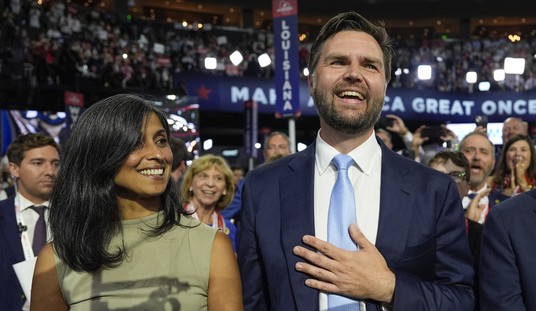
I’ve made no secret for some time of my belief that the Trump dossier complied by Christopher Steele was much, much more likely Russian dezinformatsiya than it was based on any actual events. There were too many Russian intelligence and government figures as sources for the Kremlin not to have gotten wind of Steele’s project. The salting of the verifiable (Carter Page’s trips to Russia) and the unverifiable (secret meetings with Russian officials) is a classic hallmark of a disinformation campaign. The fact that they fingered the wrong Michael Cohen for trips to Prague supports that theory. The only question I have is whether Steele was a knowing agent of the FSB/SRV, because of his stated antipathy towards Trump, or was he just a very easy and credulous mark for the same reason.
The New York Times has an interesting story about how earlier this year the CIA got gulled out of $100,000 in an attempt to buy more kompromat–to use the favorite expression of Internet uber-spook and noted dick-pic slinger, John Schindler–on Donald Trump.
After months of secret negotiations, a shadowy Russian bilked American spies out of $100,000 last year, promising to deliver stolen National Security Agency cyberweapons in a deal that he insisted would also include compromising material on President Trump, according to American and European intelligence officials.
The cash, delivered in a suitcase to a Berlin hotel room in September, was intended as the first installment of a $1 million payout, according to American officials, the Russian and communications reviewed by The New York Times. The theft of the secret hacking tools had been devastating to the N.S.A., and the agency was struggling to get a full inventory of what was missing.
Several American intelligence officials said they made clear that they did not want the Trump material from the Russian, who was suspected of having murky ties to Russian intelligence and to Eastern European cybercriminals. He claimed the information would link the president and his associates to Russia. Instead of providing the hacking tools, the Russian produced unverified and possibly fabricated information involving Mr. Trump and others, including bank records, emails and purported Russian intelligence data.
The United States intelligence officials said they cut off the deal because they were wary of being entangled in a Russian operation to create discord inside the American government. They were also fearful of political fallout in Washington if they were seen to be buying scurrilous information on the president.
The hacking tools they are talking about are the treasure trove of NSA developed tools and exploits that were stolen and made available online by a group called the Shadow Brokers. Apparently, the NSA didn’t know which tools were stolen and were trying to get an inventory for damage control purposes.
The Russian claimed to have access to a staggering collection of secrets that included everything from the computer code for the cyberweapons stolen from the N.S.A. and C.I.A. to what he said was a video of Mr. Trump consorting with prostitutes in a Moscow hotel room in 2013, according to American and European officials and the Russian, who agreed to be interviewed in Germany on the condition of anonymity. There remains no evidence that such a video exists.
The Russian was known to American and European officials for his ties to Russian intelligence and cybercriminals — two groups suspected in the theft of the N.S.A. and C.I.A. hacking tools.
But his apparent eagerness to sell the Trump “kompromat” — a Russian term for information used to gain leverage over someone — to American spies raised suspicions among officials that he was part of an operation to feed the information to United States intelligence agencies and pit them against Mr. Trump. Early in the negotiations, for instance, he dropped his asking price from about $10 million to just over $1 million. Then, a few months later, he showed the American businessman a 15-second clip of a video showing a man in a room talking to two women.
No audio could be heard on the video, and there was no way to verify if the man was Mr. Trump, as the Russian claimed. But the choice of venue for showing the clip heightened American suspicions of a Russian operation: The viewing took place at the Russian Embassy in Berlin, the businessman
…
“The distinction between an organized criminal and a Russian intelligence officer and a Russian who knows some Russian intel guys — it all blurs together,” said Steven L. Hall, the former chief of Russia operations at the C.I.A. “This is the difficulty of trying to understand how Russia and Russians operate from the Western viewpoint.”
Indeed, when you are dealing with a criminal enterprise masquerading as a nuclear power it does all blur.
Eventually, the CIA paid $100,000 of an agreed $1 million purchase price for the hacking tools info. Then it became clear they were being pimped.
In December, the Russian said he told the American intermediary that he was providing the Trump material and holding out on the hacking tools at the orders of senior Russian intelligence officials.
Early this year, the Americans gave him one last chance. The Russian once again showed up with nothing more than excuses.
So the Americans offered him a choice: Start working for them and provide the names of everyone in his network — or go back to Russia and do not return.
The Russian did not give it much thought. He took a sip of the cranberry juice he was nursing, picked up his bag and said, “Thank you.” Then he walked out the door.
To be clear, I don’t have an issue with the CIA’s actions here. Intelligence gathering is much more art than science and knowing that compromising material is circulating on the president (I use the term “compromising” advisedly because you can only be compromised if you can be embarrassed and I think Trump is very much like Bill Clinton in his estrangement from a sense of shame) it would be a good thing to get the first look at it.
In the story the Times mentions it has been offered material on Trump and other campaign figures that dovetails into the dossier but which could be identified as manufactured.
The theory the Times has is that the Russians are trying to capitalize on the success of the Trump dossier to sow divisions. I think the truth is much more prosaic. These documents being offered are simply an extension of the dossier and the only reason they are being questioned is because there is a grown realization, in intelligence circles and in the press, of the true provenance of the dossier: Lubyanka Square.













Join the conversation as a VIP Member